The global tourism sector is prioritizing multilingual capabilities, with English, Arabic, Chinese, and Danish emerging as key languages shaping traveler experiences and industry strategies. English remains the dominant lingua franca for international tourism, essential for hospitality staff and digital platforms, while Mandarin Chinese caters to Asia’s booming outbound travel market—particularly from China, the world’s largest source of tourists.
Arabic’s growing influence reflects the Middle East’s luxury tourism demand and expanding air connectivity, with airlines like Emirates driving cross-cultural engagement. Notably, Danish has entered the spotlight, likely due to Scandinavia’s high-spending travelers and niche markets like sustainability-focused tourism, though specific drivers in the original article remain unclear without direct access.
Key Tourism Language Trends:
- English: Critical for global operations, website localization, and customer service, especially in non-English-speaking destinations.
- Chinese (Mandarin): Vital for attracting Asia’s 155 million+ outbound tourists, with tailored services like payment systems and cultural guides.
- Arabic: Key for luxury hospitality in Dubai, Saudi Arabia’s giga-projects, and halal tourism.
- Danish: Rising relevance in eco-tourism and premium travel segments, reflecting Nordic traveler preferences.
Industry Response and Outlook
Hotels and tour operators are investing in language-specific services, including AI-driven translation tools and staff training, to enhance guest interactions. Governments in destinations like Thailand and Japan are also aligning visa policies and marketing campaigns with language demographics to attract high-value travelers.
As tourism recovers post-pandemic, multilingual agility—paired with cultural sensitivity—will define competitive edges in 2025’s projected $11 trillion global travel market.
(Note: Specific details about Danish language prominence from the eTurboNews article could not be independently verified through available sources. The analysis above incorporates industry-wide trends and language demand data.)
Summarized Key Points:
- Language Priorities: English, Arabic, and Chinese dominate; Danish gains niche traction.
- Regional Drivers: Middle Eastern luxury, Chinese outbound travel, and Nordic eco-tourism.
- Tech Integration: AI translation tools and staff upskilling to bridge communication gaps.
- Market Growth: Multilingual strategies critical for tapping into high-spending traveler segments.
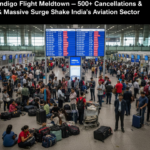

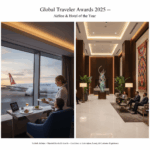

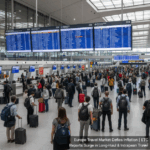

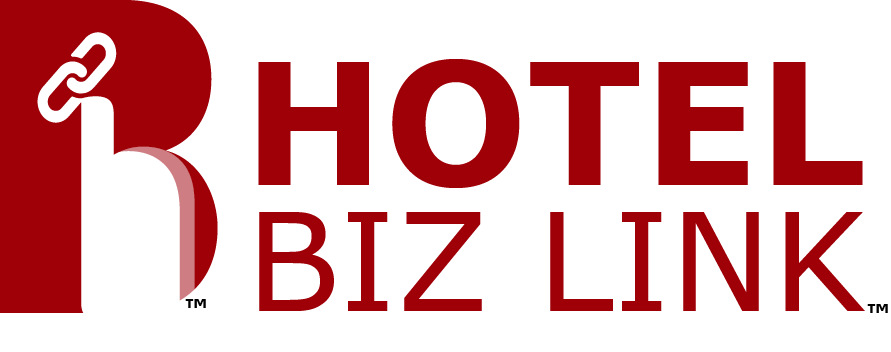


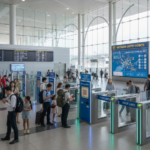


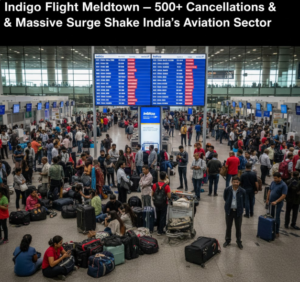
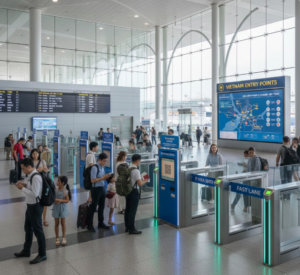
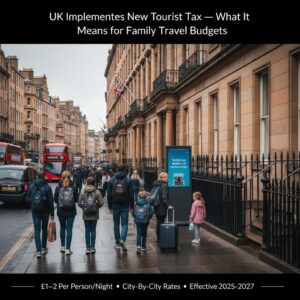
More Stories
IndiGo Chaos: 500+ Cancellations, Fares Skyrocket to ₹70,000 Amid Crew Shortage & Tech Glitches
United Kingdom Introduces New Nightly Tourist Tax A Budget Wake-Up Call for Family Holidays
Turkish Airlines and Marriott Hotels Crowned 2025’s Top Travel Brands by Global Traveler